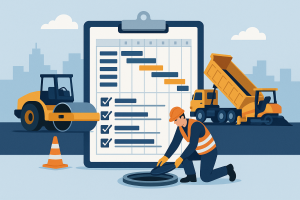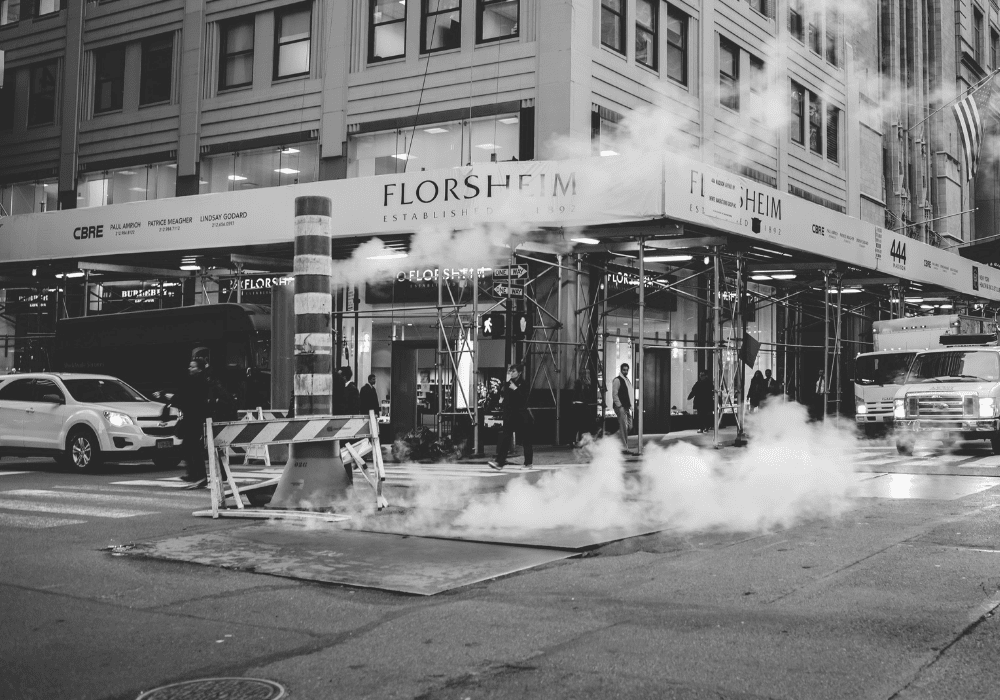
PH: 567-242-2221 TF: 833-242-2221

Some of the most well-known and often-used construction tools are risky for workers. Powered by compressed air, pneumatic tools include chippers, drills, and air hammers. They are useful in many different applications, yet these tools can be hazardous for crews. Here are the top four dangers associated with pneumatic tools.
One of the top risks of operating pneumatic tools is accidental striking from one of the tool’s attachments. If the tool’s air supply becomes disconnected, the pressurized hose may hit workers.
Flying debris is a risk, use safety glasses and a face shield to protect eyes.
Last, but not least, back injury is often associated with manhandling heavy air hammers.
Fatigue and strain attribute to injuries obtained during the use of air hammers. In the case of worker fatigue, the air hammer may slip or fall, causing injury.
As with any loud machinery, noise can cause harm to workers. Using air tools requires the use of quality hearing protection so that workers avoid hearing loss.
Clinically defined as cold- or emotional stress-induced vascular constriction of arteriovenous shunts, arterioles, and small arteries in the skin and tissues of the digits, Raynaud’s can also be caused by the use of vibrating tools. It was first noticed back in 1918 in Bedford and Bloomington, Ind., amongst stonecutters who were using the air hammer. They complained of “dead fingers” and suffered from numbness in one or both hands or arms, loss of sleep, nervousness, limbs “going to sleep,” and headache. It is worse in the cold.
During the past century, Raynaud’s Syndrome has been reported by workers from many occupations who use vibrating tools for prolonged periods. An estimated 1.5 million workers in the U.S. are at risk for Raynaud’s Syndrome. Unfortunately, it’s still not known if vibration-induced Raynaud’s Syndrome is reversible.
Crew leaders and business owners have a legal obligation to provide safe tools and methods to workers.
Are you looking for a way to increase worker safety? At Mr. Manhole, we recognized that there had to be a better way to repair utility holes. Our tools and repair methods enhance the process in nearly every aspect and ensure that workers are safer and more efficient than any other methods. Learn about our tools here.
https://www.osha.gov/Publications/osha3080.html
https://pdfs.semanticscholar.org/c6d2/a99026dca5234de9b92562005fff68cf9422.pdf
https://www.ncbi.nlm.nih.gov/pmc/articles/PMC1009311/pdf/brjindmed00051-0001.pdf
https://www.sciencedirect.com/science/article/pii/S0741521499701709